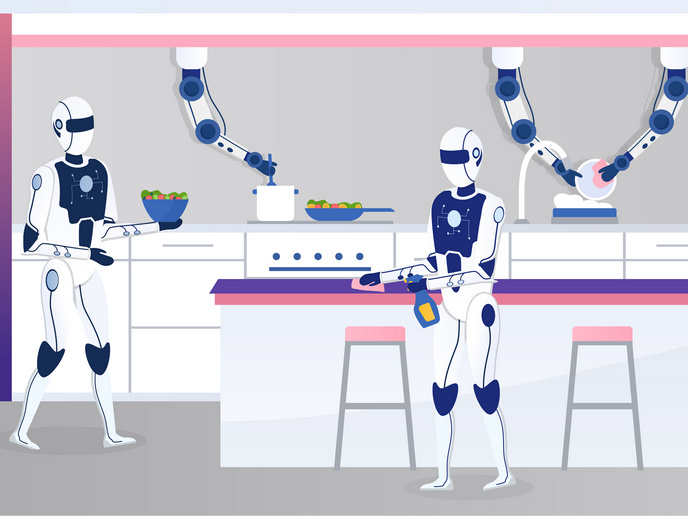Measuring how humans experience acoustic environments
The acoustic environment is a complex aspect of human experience. Noise pollution caused by transportation, industry and other factors affects millions of European citizens, especially those in densely populated areas. Through the Environmental Noise Directive(opens in new window), vast sums are being spent to identify and address health problems caused by excessive noise. But noise levels are not the only issue. During the COVID-19 lockdown in London, overall volume fell considerably but the number of noise complaints grew. To mitigate noise pollution effectively, a better understanding of how people perceive sounds is needed. The EU-funded Sound Indices (SSID)(opens in new window) project brought together multiple scientific disciplines to measure the impact of sounds on human comfort.
The emerging field of soundscape studies
One well-known measurement of sound is the decibel(opens in new window). Originally developed by Bell Systems in the early 20th century, the decibel is a ratio intended to measure signal loss along telephone cables. Today, decibels are conventionally used to measure how loud a sound is. Sounds above 70 dB can cause hearing damage over time. While its history as a unit of measurement is varied, the decibel is recognised by the International Organisation for Standardisation (ISO)(opens in new window), and it is an important consideration when studying soundscapes, or immersive acoustic environments. Investigating soundscapes means taking into account how sounds are perceived. Acoustic environments include environmental sounds like wind through grass, birdsong and thunder, as well as human-made sounds like music, laughter and heavy construction. Some sounds, such as gently flowing water, are widely perceived as pleasant. Other sounds like the screech of a car’s tyres are considered unpleasant regardless of volume. Measuring how soundscapes affect people is a complicated endeavour. Working with ISO guidelines to produce a framework for the perceptual assessment of soundscapes, SSID formed a collaboration of 24 universities in 18 countries across 15 languages to develop and test the project’s indices. With an eye on the future, project coordinator Jian Kang of University College London predicts: “Soundscape indices, adequately reflecting levels of human comfort, will eventually replace the decibel scale, which has been commonly used since its creation a century ago.”
Soundscape standardisation
The project’s broad collaboration served to improve methodological standardisation so that soundscape findings can be more readily shared with policymakers and stakeholders. SSID defined soundscape descriptors, indicators and indices in this process. Indices, the specific focus of the project, are composite scales derived from multiple indicators that allow comparisons across soundscapes. This work directly informs the International Organisation for Standardisation(opens in new window) 12913 standard. To achieve soundscape standardisation, the project employed multiple scientific tools. The survey protocol, a questionnaire designed to establish a soundscape database, includes roughly 5 000 responses in multiple languages from 54 locations worldwide. In addition to established tools such as the Likert scale and ordinal regression models, the project also used data from physiological and neurological assessments to validate the indices. Galvanic skin response measures electrodermal activity(opens in new window), and in SSID experiments demonstrated physiological responses to sound stimuli. Meanwhile, magnetic resonance imaging(opens in new window) was used to explore the neurological impact of soundscapes. Soundscapes are an important part of the human experience with significant impact on health. Designing future environments and remedying existing ones will benefit from standardisation in the field. “Soundscape approaches spanning acoustics, psychology, mathematics, neuroscience, sociology and linguistics will contribute to more feasible and cost-effective solutions for improving our sound environments,” Kang explains.







